|
I put together some training on international mindedness for my colleagues and wanted to share it here too. The focus of the training is to move beyond a superficial view of international mindedness (food, flags, festivals, famous people and fashion) and to think more about the connections with empathy and perspective taking. I also included a lot of information about the IB's definitions and links to International Mindedness. I kicked off the training with:
The next thing we did was inspired by an activity I took part in at an IM session I attended at the last Association of German International Schools conference. Here we were tasked with looking for a definition or evidence of IM on our school's website. I just took our school's mission, vision and philosophy, and pulled out that parts that I think linked. (My school is the International School Stuttgart). You can easily do this activity at any school - you might even find some things you disagree with (many schools just say, 'we have families from X countries'...) 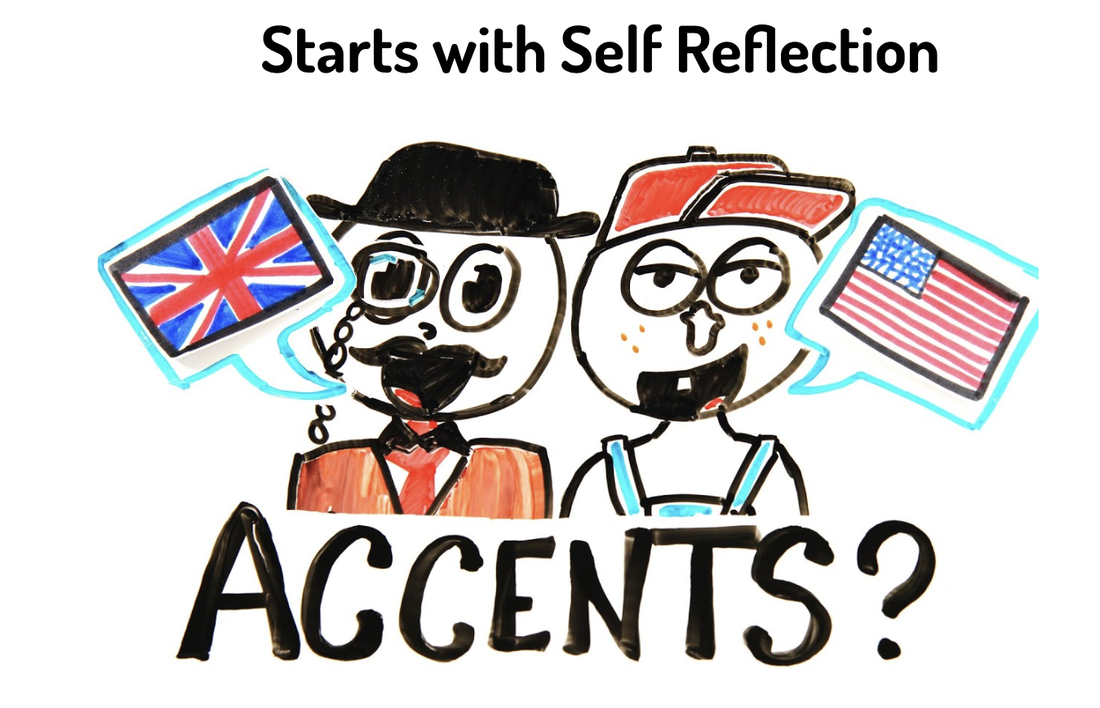 We then talked about starting with self-reflection as a starting point for international mindedness. Everyone has a culture and difference influences of their ways of acting, thinking and seeing, and it is important to be aware of these before you start thinking of other perspectives. What baggage, misconceptions and biases do we each come with? This can be quite a heavy thing to tackle, so I just gave the example of when I moved to America, a big part of my identity to others became that I was British - I had never really given this too much thought before, and definitely didn't think that my geographic location really had much of an impact on who I was as a person. There are definitely parts of being British that did shape my view and it was something I had to reflect on. Equally, people saw me as British, and forget that their own culture shaped their views. Something that stood out to me was the amount of time people said in a thick southern drawl, "y'all have an accent!" Often people were surprised when I replied "you do too"! What was meant was that I had a different accent. This linked to a video I use often, called "Weird, or just Different?"
Next, we looked at these two visuals of blind people touching an elephant. The image on the right is the most popular, which shows that when we all communicate and share our knowledge and ideas, we are more likely to be right - many heads are better than one! I like the picture on the left, as you could imagine each person saying correctly what they feel, "It's a leg", "It's a trunk" etc. They are all giving different ideas, but they are all right. When they bring their ideas together they are "more right". This to me makes a better connection with the mission statement! And another... I then showed a few examples of the cultural iceberg. Above the surface shows the things we see easily, which can link to food, flags, festivals, famous people and fashion! Below the surface are all the hidden things which shape our values, beliefs, actions, etc. I've used these icebergs throughout the years in a number of ways, from firstly exploring our own identity, through to exploring the motivations and identity of notable people, including controversial people. I attended a training session about the Holocaust from Facing History and Ourselves a few years back, and we used this to better understand people that decisions that are often difficult to understand, (we read short paragraphs about many different people who voted for the Nazi party in 1933, and tried to uncover what made them vote that way). This led to the more difficult part of the training - and the real root and purpose of international mindedness. To me, it is not about understanding cultures, so that we may increase the different foods we eat, travel to exotic locations, etc, but it is about having empathy and trying to understand different perspectives - including those that possibly oppose our own. It's very easy to understand someone with the same values as you, who just dresses differently and eats different food...but it is more difficult to understand those with values that contradict your own, BUT it is important to aid in diplomacy, development and understanding. I ended the session with something shared at the AGIS session, and in The international-mindedness journey: School practices for developing and assessing international-mindedness across the IB continuum (2017) Report (log into My IB to view). The Head, the Heart and the Hands! This is about moving us not just from understanding but to action! You can make direct links here not only with SA and CAS, but also to creating authentic curriculum which has students take action. I will write more on this in our next post! Coming soon! If you want access to the training session, it is here. You can also get a sneak peak of the second half there! As always, I am happy for you to use/adapt any of my resources - just give me some feedback!
Thanks! Another educator just email me asking for my top tips for the personal project. I shared with them my top two. My students hear these a lot!
My big two tips for students starting the personal project project: 1. The project is not only personal ...Yes students are working independently, exploring a topic they love, BUT it should have an impact on others (teaching others, raising awareness of an issue, service, action, etc) 2. The product/outcome is not as important as the topic! Students should not know what their product/outcome is going to be for at least a few months - they should research first. If the school has students do a proposal, it could include 1. the topic 2. the global context 3. POSSIBLE products/outcome. For example, if a student wants to learn about plastic in the ocean...their end product could be anything from reusable cutlery through to a social media campaign! Students need to not lock onto the idea of their product/outcome straight away! Hope that helps! Grade 7 have just done a mini unit looking at emotional branding. We mainly focussed on looking at the ways Coca Cola try to associate their product with happiness. Here we were able to look at some experiential advertising they have done, which have aimed to create moments of happiness. Here are my favourite: Coca-Cola Hello Happiness (creating phone booths, which accept bottle caps as currency, so men working in Dubai, to support their families, can call home). Coca-Cola Small World Machines - Bringing India & Pakistan Together (Students really liked this, and we have a lot of students from India and Pakistan, who were able to provide more context for their classmates) Coca-Cola Happiness Truck in Istanbul Rush Hour We have a few students who have lived in Istanbul, who were able to share with the class just how awful the traffic can be there! Students loved seeing these videos. We were able to slip in some discussions about good and bad things Coca-Cola are doing and also how Coca Cola are a global company that brands itself differently around the world. We also looked at this video, as an example of how/why we might use stock footage.
Students are now challenged with creating a one minute video, clearly depicting one emotion, made only with stock footage/public domain videos. We discussed when and why designers might use this stock footage and how we can best search for videos that show the emotion we have chosen. Students found this a little challenging at first, as they had very clear ideas of the footage they wanted, but realised not everything is available to them. This is a short unit, part of a longer interdisciplinary unit, and we will come back to this later in the year, because in music class, they will be designing a soundtrack for their video! To learn more about the unit, have a look at our slideshow. At my school (The International School of Stuttgart), all teachers are part of a focus group. This means we all get a say in making positive changes to the school. I decided to sign up to the conferencing group, because I loved how we ran conferences in my old school (Halcyon London International School) and was keen to do this again. For .me the current problems with traditional conferences are:
The version that my subject piloted looks like this:
I've sent a feedback form, and will share the results here later! |
Archives
June 2023
|
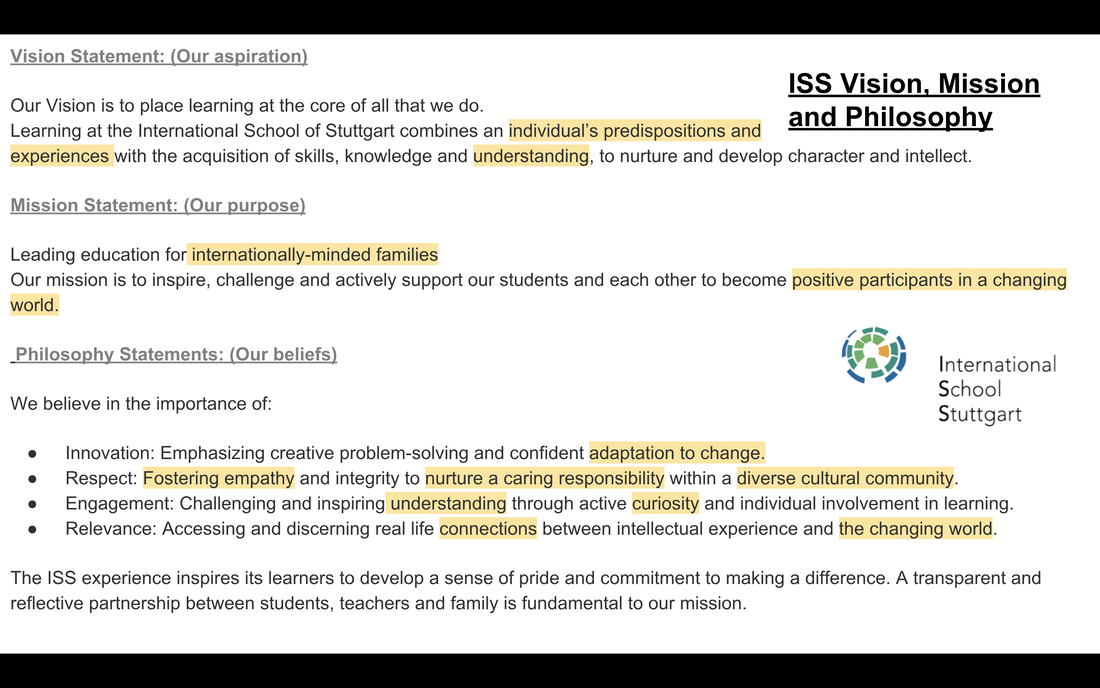
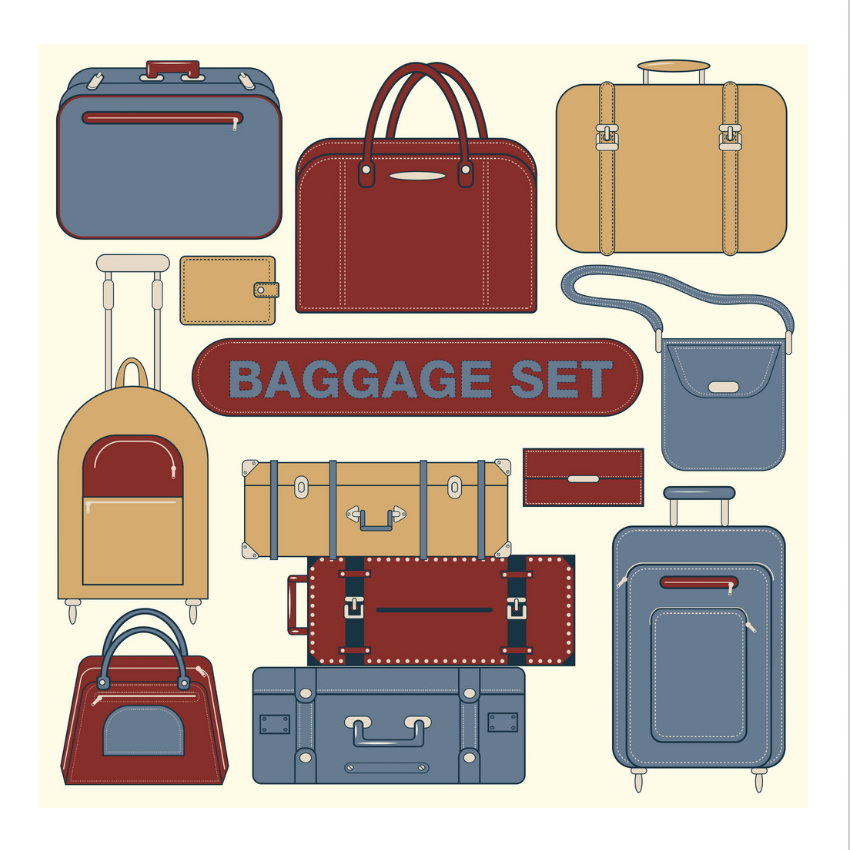
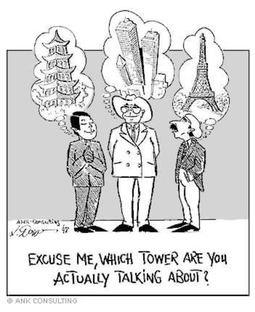
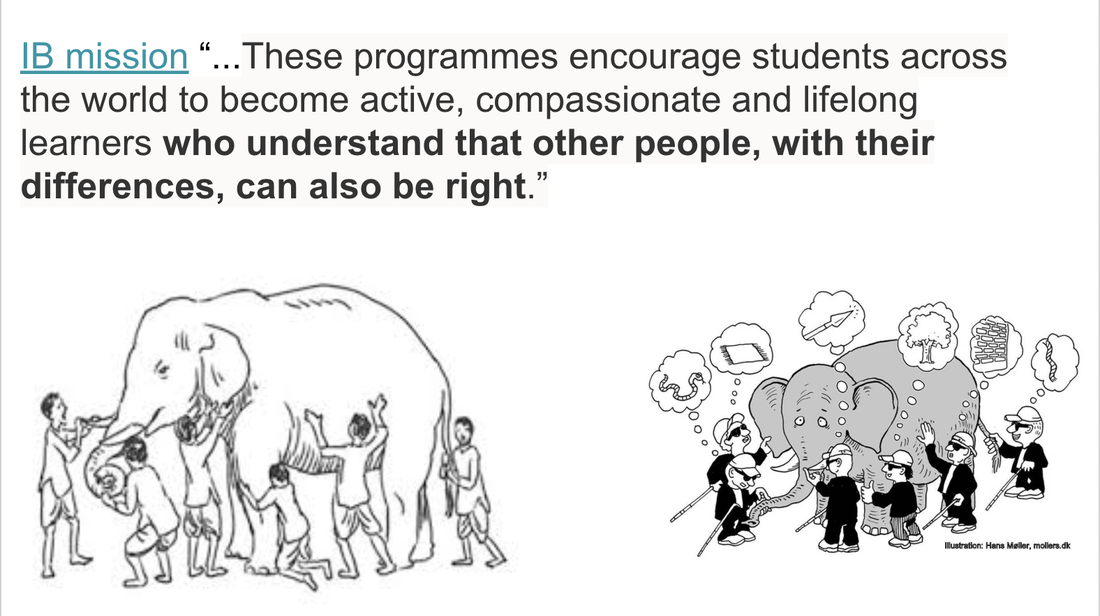
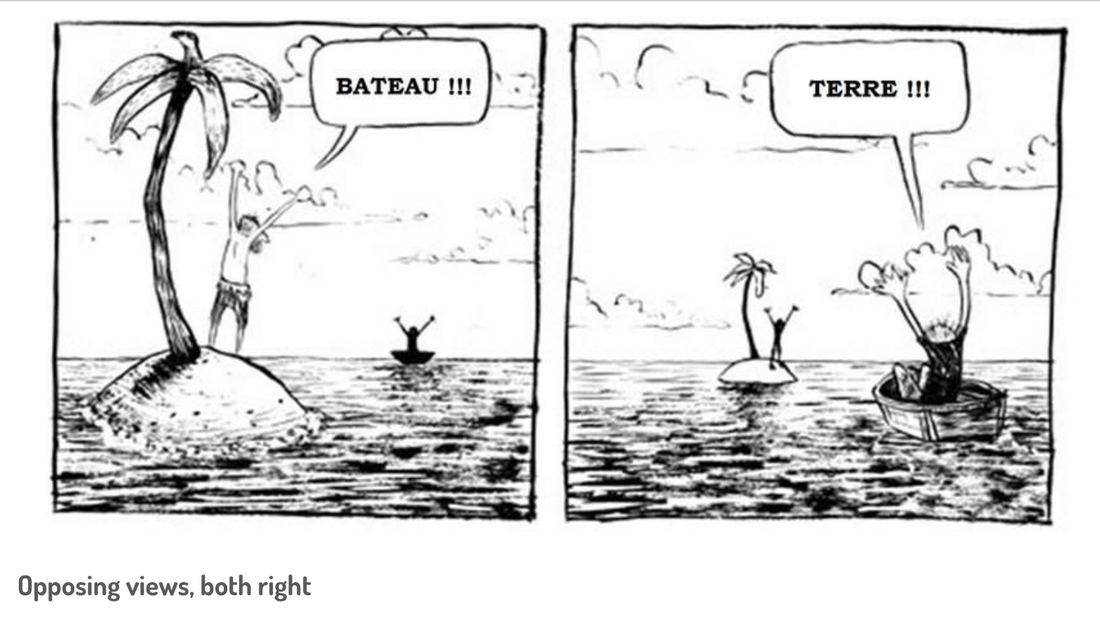
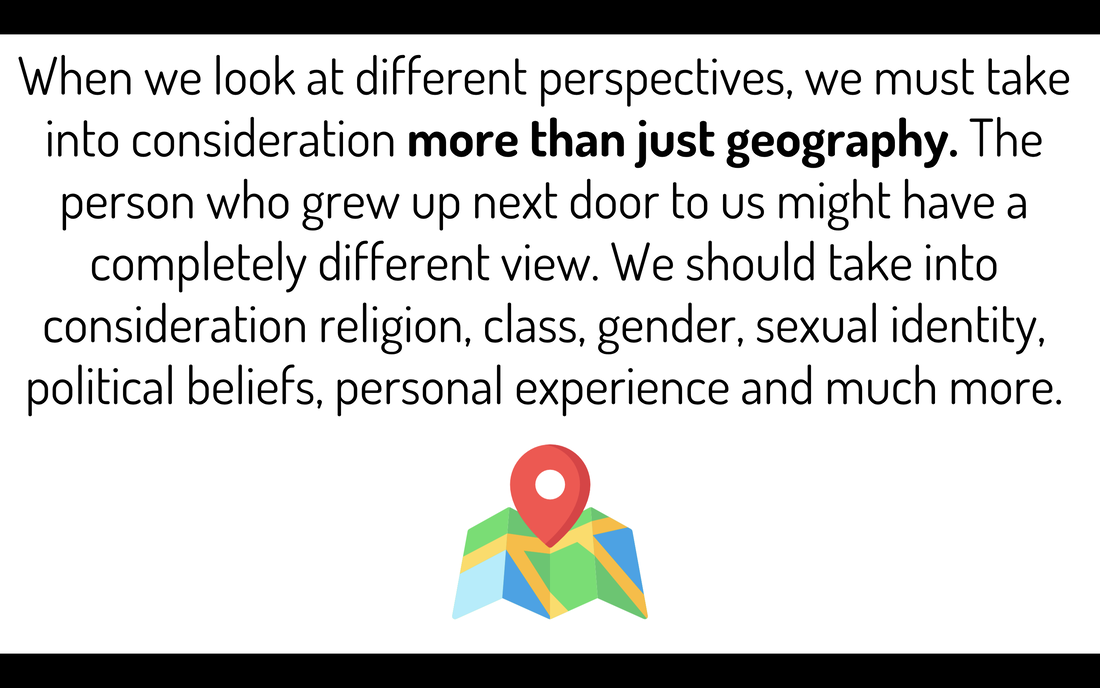
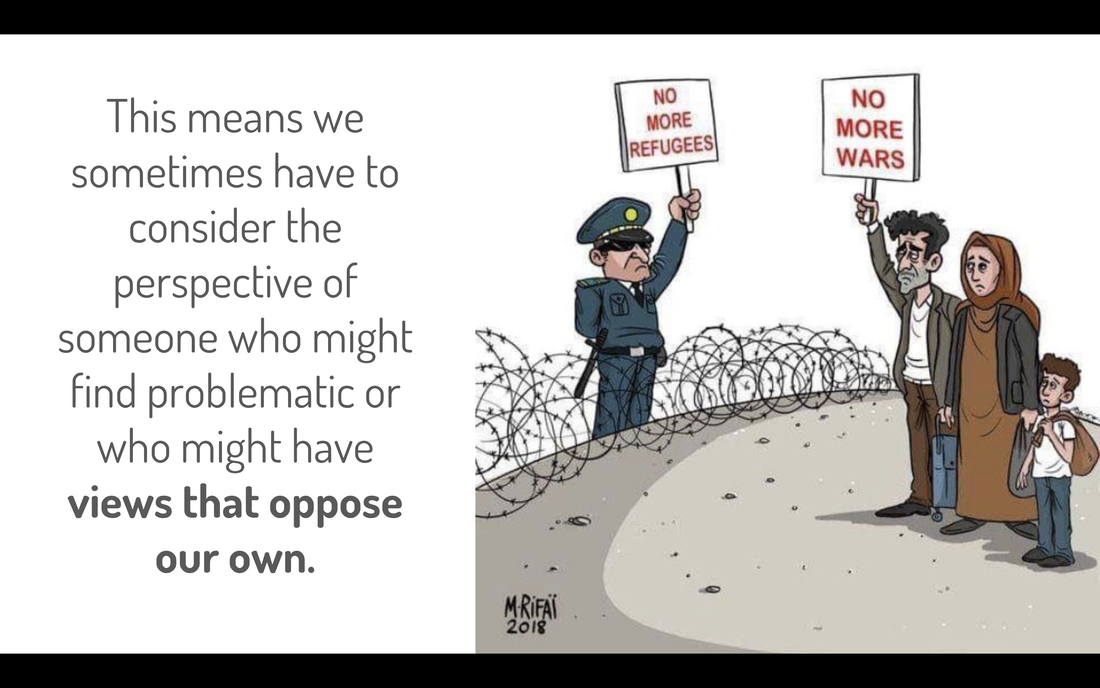
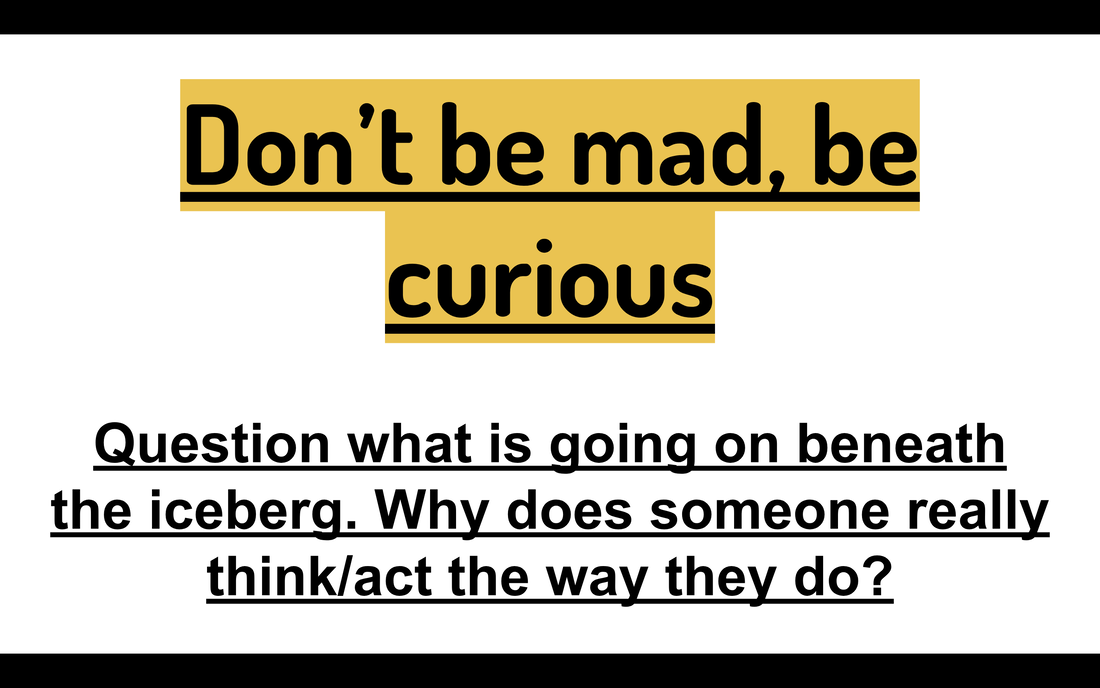
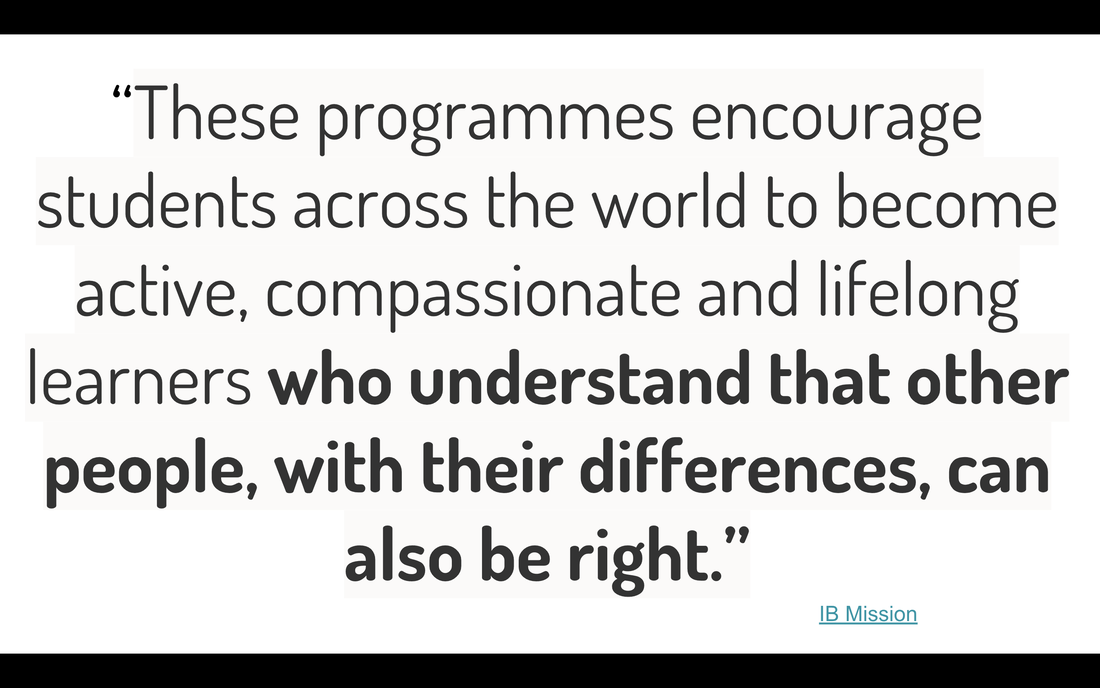
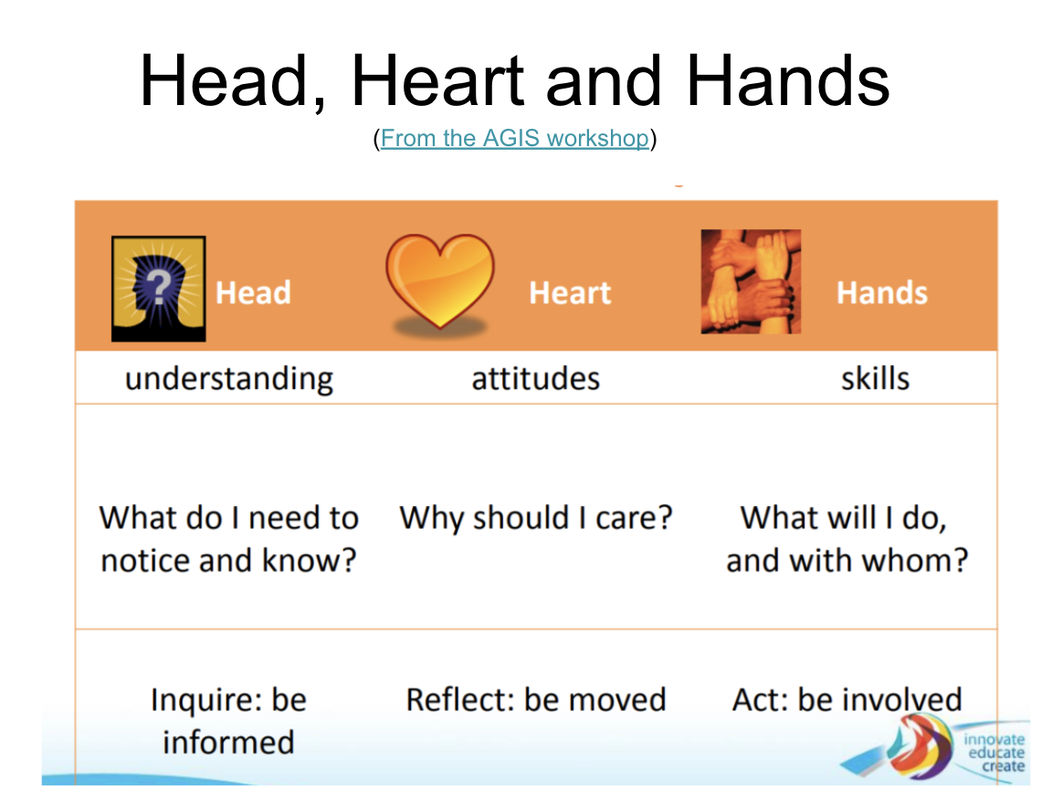
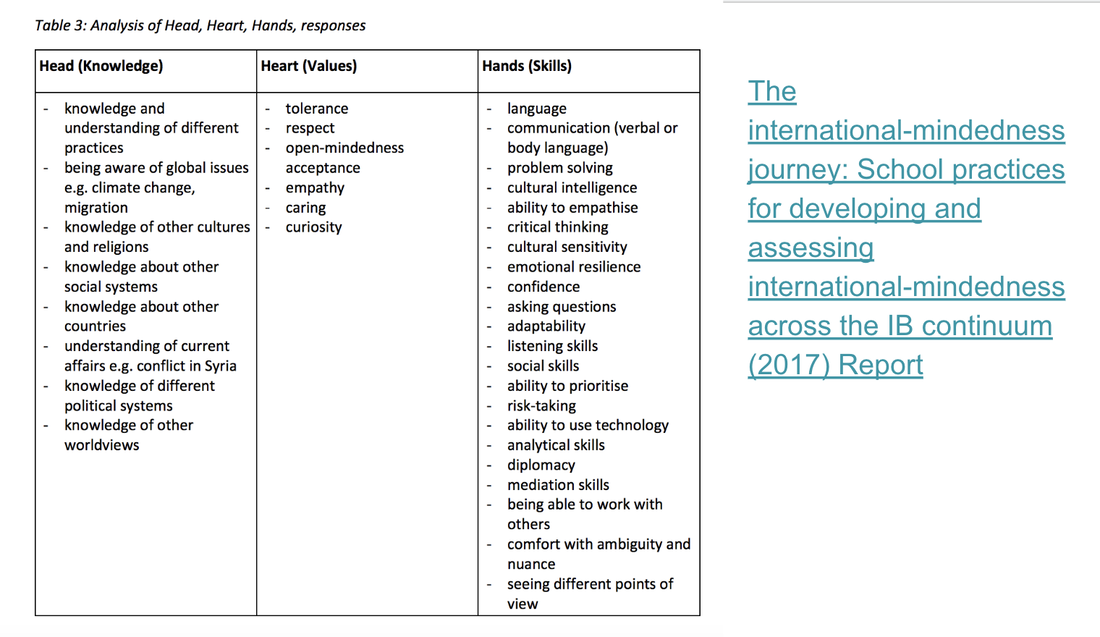
 RSS Feed
RSS Feed